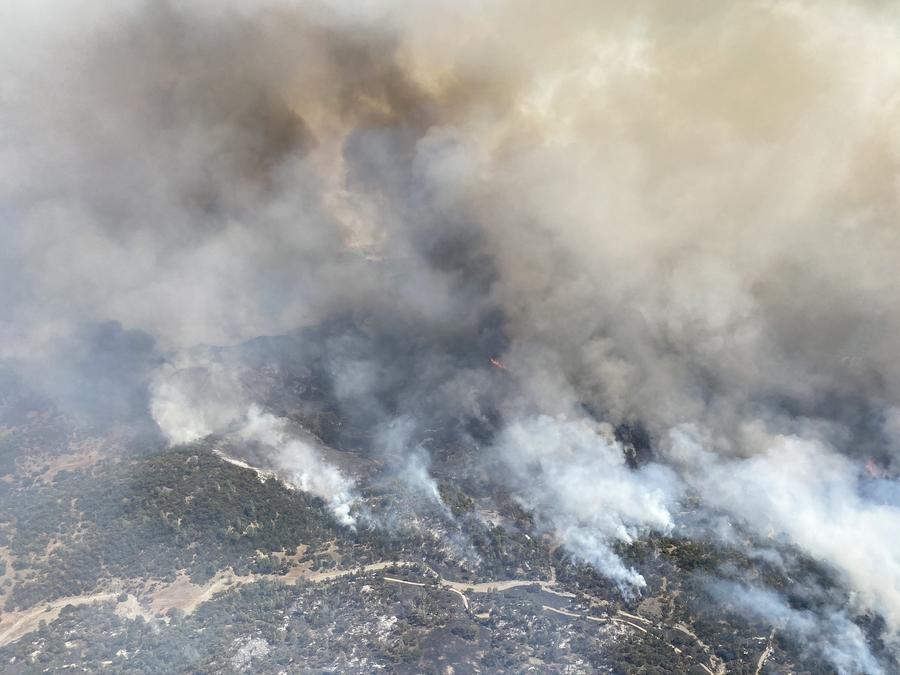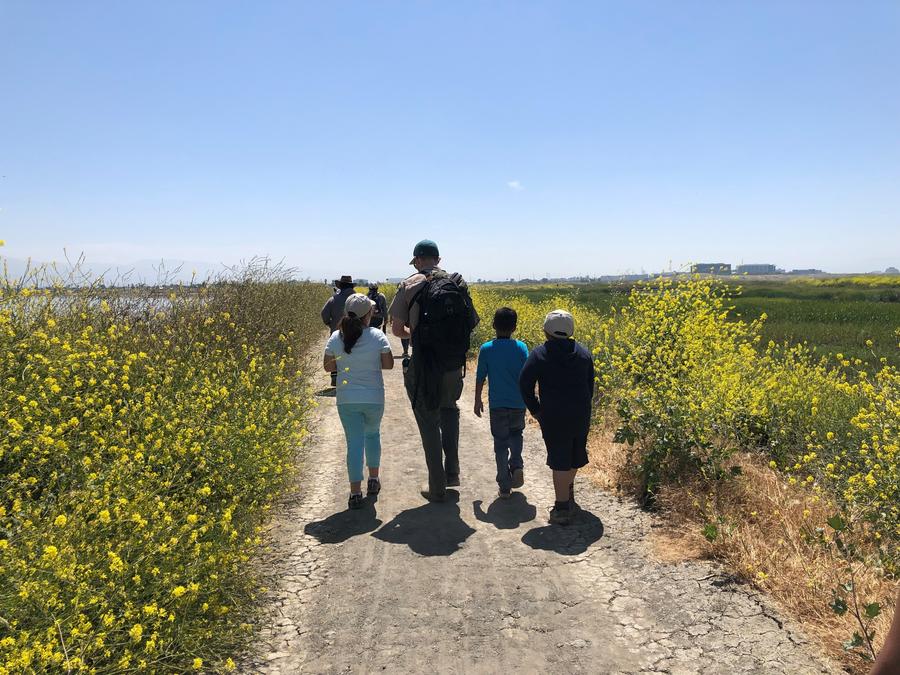Explore data on Santa Clara County's greatest climate threats
Climate Impact Compendium
Climate threats including extreme heat, wildfire and impaired air quality continue to increase annually. Older adults, children, unhoused individuals, and some communities of color are at a higher risk of negative health outcomes associated with climate change. These populations are also at risk of cascading consequences related to employment, food access and housing. Climate vulnerability is based on exposure to climate impacts, sensitivity to the hazard and capacity to adapt to our changing environments.
The County of Santa Clara Public Health Department in collaboration with the Office of Sustainability and funding from the Centers for Disease Control has developed a compendium of climate impact data and resources. Use the tools below to learn about the people and places most vulnerable to climate impacts. Jurisdictions can use these tools to identify and address inequities, encourage engagement with communities at higher risk, build local plans, and support regional solutions.
Explore the Data
County Health and Demographic Data
Certain health status factors including ambulatory disability, cognitive disability and asthma can increase vulnerability to climate impacts. Impacts also vary significantly depending on community demographics. Click the map image below to explore demographic, socio-economic and health data linked with climate change.
Climate Impacts on Santa Clara County Residents
Historical and ongoing political, economic and social injustices put some people at higher risk of poor health outcomes from climate change, in addition to adverse economic, mental health and safety outcomes.
Some of the populations most affected by climate hazards are:
- Young children
- Older adults
- Some communities of color
- Low-income people and families
- Limited English speakers
- People with chronic medical conditions
- People with disabilities
- People who are socially isolated
- Outdoor workers (i.e., agriculture workers, construction workers, athletes)
- Unhoused persons or those in poor living conditions
Explore the Data
- Silicon Valley 2.0 Climate Change Preparedness Tool
- California Department of Public Health Exposure, Sensitivity and Adaptive Capacity
- Cal-Adapt Climate Impacts at the State and Local Level
Resources for Policymakers
Climate change policy and planning should be inclusive of the communities most impacted. Learn about community-centered planning that distributes decision making power to build climate mitigation, preparedness, and resilience approaches. This tool provides guidance on equitable processes, prioritization of resources and governmental commitment to addressing past harms to advance positive outcomes for communities disproportionately impacted by climate change.
Extreme Heat
Extreme heat events are increasing in frequency, duration, and temperature. This disproportionately affects people in homes without air conditioning, outdoor workers and the unhoused. Health effects include dehydration, fatigue, respiratory illness, heat stroke and mental health impacts.
Explore the data
- California Healthy Places Index: Extreme Heat Data
- National Weather Service Heat Risk for the Coming Week
- California Urban Heat Islands
Resources for Policymakers
In 2022 California released a statewide action plan to build community resilience to extreme heat. The plan organizes state actions that can be used to guide local work through building public awareness, strengthening community response, increasing infrastructure resilience, and using nature-based solutions. UCLA developed a policy report outlining state regulations, funding, and planning address heat. This report identifies gaps and opportunities that can be prioritized by local municipalities.
Wildfire and Air Quality
Wildfires across the state and region can send smoke long distances reducing air quality for many. High temperatures allow for greater ground-level ozone formation and the smoke increases particulate matter concentrations. Increased ground-level ozone and particulate matter concentrations can trigger respiratory problems such as coughing, throat irritation, shortness of breath, and damage to lungs and airways, and can also worsen health conditions such as asthma or heart problems. Air quality is also impacted by vehicle emissions and longer allergenic pollen seasons. Poor air quality negatively impacts all of us but is especially harmful for young children, pregnant people, older adults and those with asthma.
Explore the data
- California Office of Environmental Health and Safety
- Bay Area Air Quality Management District
- Ozone and PM 2.5 Concentration
Resources for Policymakers
The Emission Reductions Handbook provides measures for reducing greenhouse gas emissions, methods for assessing climate exposures and tools to advance healthy equity. Use the Integrated Health Impact and Transportation Planning Model to generate projected impacts of policies, plans and programs to reduce vehicle miles traveled and encourage active transportation.
Drought
Santa Clara County is currently in an extreme drought with 2022 registered as the driest year on record to date and 2015 had the lowest snowpack in over 100 years of recorded history. This persistent drought continues to threaten water supplies, with below average snowpack, local and state reservoir levels.
Explore the data
Resources for Policymakers
Bay Area water districts are working together to develop regional solutions to improve water supply reliability. Learn more about the regional approach here.
Resilience and Assets
Solutions to climate challenges rely on mitigation, adaptation and resilience strategies. Climate resilience refers to a community’s ability to anticipate, accommodate, and positively adapt to or thrive amidst changing climate conditions and hazard events. Resilience relies on appropriate infrastructure, demographic factors and community assets. For example, higher high school graduation rates and access to health care can increase community resilience. Community assets include local organizations, social connectivity, community participation in decision making, and health promotion practices.
Explore the data
- Silicon Valley 2.0 Climate Change Preparedness Tool
- FEMA Community Resilience Indicators
- Santa Clara County Tree Canopy Dashboard
Resources for Policymakers and Stakeholders
Learn more about approaches to infrastructure and community resilience, along with Bay-Area specific action ideas related to food, water, energy, transportation, housing, jobs, and civic services.
- OECD Climate Resilient Infrastructure Guide
- Community-Driven Climate Resilience Planning
- Bay Area Community Resilience Toolkit
Connect Locally
- County of Santa Clara Public Health Department
- County of Santa Clara Office of Sustainability
- County of Santa Clara Office of Emergency Management
- Santa Clara County Fire Department
- County of Santa Clara Social Services Agency
- County of Santa Clara Office of Supportive Housing
- Santa Clara County Office of Education
Learn More






